You’ve been staring at fence samples for weeks.
Wood looks warm and classic—but you’ve heard it’s a pain to maintain.
Vinyl sounds easy to deal with—but will it look cheap? Will it last through North Jersey winters? How do you compare wood vs vinyl?
And if you’re honest, you’re just trying to make the right decision before spending a chunk of change on something that’s supposed to last years.
You’re not alone. Most homeowners hit this same fork in the road. And there’s no one-size-fits-all answer—but there is a right answer for your home, your budget, and your lifestyle.
At Navigator Stone and Fence, we’ve installed thousands of fences across North Jersey—and into New York, over to Pennsylvania, and everything in between. We know how each material holds up to this climate, and what local homeowners are happiest with a few years down the line.
In this guide, you’ll get a straight-talking comparison of wood and vinyl fencing—what they cost, how they look, what kind of upkeep they need, and how they really hold up in your backyard.
By the end, you’ll know which fence makes the most sense for your home—and how to avoid the most common regrets we hear from homeowners who picked without the full picture.
Which Fence Has Better Curb Appeal?

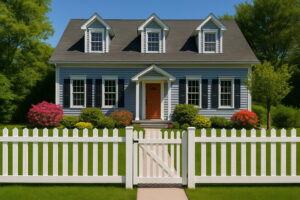
First impressions matter—especially in neighborhoods like Sparta, Warwick, or Byram, where property appearance can influence both pride and price. And your fence? It’s often the first thing people see. So when it comes to looks, how do wood and vinyl stack up?
Wood: Classic, Customizable, and Full of Character
There’s a reason wood has been a go-to fencing material for decades. It just looks good.
Warm, natural tones. The ability to paint or stain it any colour. A texture that feels organic and blends beautifully with greenery.
Whether you’re after a charming white picket fence or a tall cedar privacy wall, wood can deliver that traditional, high-end look that vinyl sometimes struggles to match.
But here’s the catch: what makes wood so attractive also makes it vulnerable. Without regular staining or sealing, that beautiful grain can fade, crack, or warp—especially in North Jersey’s freezing winters and humid summers.
Best for:
Homeowners who want a natural, classic look and don’t mind doing some upkeep to keep it looking sharp.
Vinyl: Clean Lines, Modern Styles, and Low-Fuss Beauty
Vinyl has come a long way. The plasticky, too-shiny panels of the past? They’re mostly gone. Modern vinyl fencing comes in a range of colours, textures, and finishes—including ones that mimic wood grain surprisingly well.
It gives your home a clean, crisp look and works great with both traditional and modern architecture. And unlike wood, it never needs to be painted or stained. It won’t fade, peel, or crack—even after years of New Jersey weather.
That said, vinyl can sometimes look a bit too “perfect”—and if you’re going for a more rustic or natural feel, it might not hit the same visual notes as real wood.
Best for:
Homeowners who want a neat, polished look with zero hassle—and aren’t hung up on having a “real wood” finish.
So, Which One Wins on Looks?
It depends on your taste. If charm, custom color, and natural texture top your list, wood’s your best bet.
If you prefer a sleek, low-maintenance finish that still looks good years later, vinyl might be the smarter choice.
The key is knowing what style fits your home—and how much effort you want to put into keeping it that way.
Wood vs Vinyl Fence Durability in North Jersey Weather
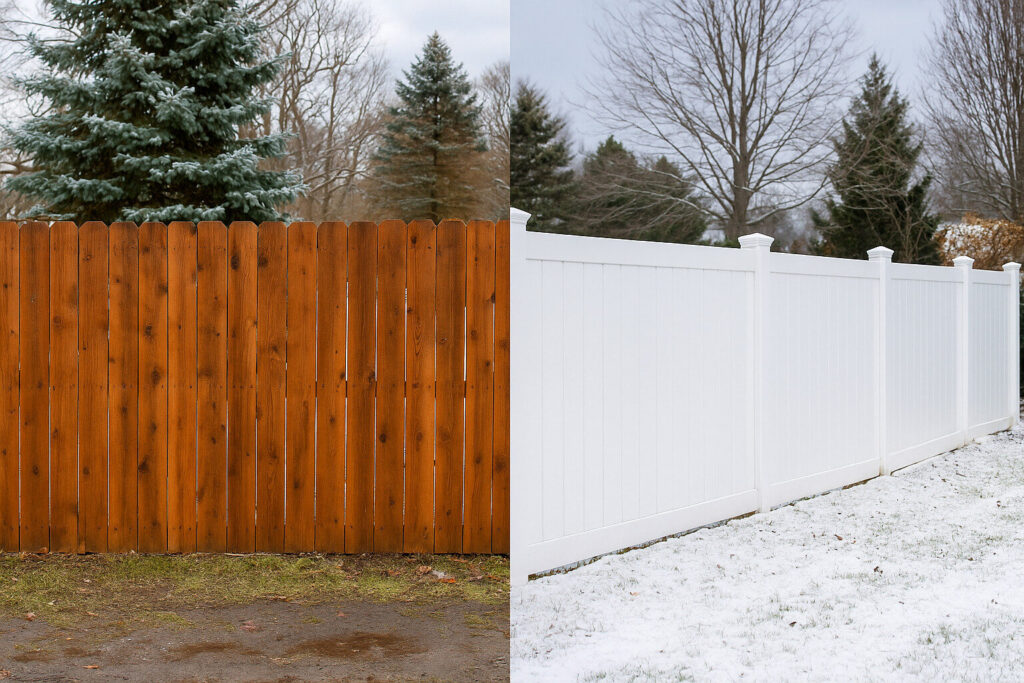
North Jersey doesn’t mess around with weather. One week it’s sunny and 70; the next, your yard is buried in snow or soaked in summer humidity. So if your fence can’t handle wild temperature swings, constant moisture, and freeze-thaw cycles, it’s going to show.
Here’s how wood and vinyl handle the elements:
Wood: Strong—but Needs Protection
Wood is tough—but it’s still a natural material. That means it’s vulnerable to all the things Mother Nature throws at it.
- Moisture? Wood absorbs it. That leads to warping, cracking, and eventually rot if you don’t stay on top of sealing or staining.
- Snow and freezing temps? The freeze-thaw cycle in North Jersey can cause expansion and contraction that weakens wood over time.
- Pests? Termites, carpenter ants, and even woodpeckers can do damage—especially if the wood isn’t properly treated.
That said, with the right wood (like pressure-treated pine or cedar), and regular maintenance, a wood fence can still last 10–15 years or more. But it’s a hands-on relationship.
Durability rating: Moderate, if maintained well
Vinyl: Weatherproof by Design
Vinyl was practically made for unpredictable weather. It doesn’t absorb water, doesn’t splinter or rot, and isn’t bothered by pests. Snow, rain, humidity—it shrugs it all off.
Vinyl also expands and contracts slightly with temperature changes, but it’s designed to handle that without cracking or warping. And because the colour goes all the way through the material, there’s no peeling or fading from UV rays either.
It’s not indestructible—extreme impact (like from a fallen tree limb) can crack it. But day-to-day weather? Vinyl handles it with ease.
Durability rating: High, with minimal effort
Bottom Line on Weather Resistance
If you want a fence that can survive North Jersey’s wild weather without constant attention, vinyl is your best bet.
If you’re set on wood, just be prepared to put in the work to keep it protected—and understand it may not age as gracefully unless you stay ahead of maintenance.
Maintenance Needs: What You Need to Know
Let’s be real—nobody’s dreaming of spending their weekends power washing or staining a fence. So when it comes to ongoing maintenance, the differences between wood and vinyl aren’t just small—they’re huge.
Here’s what you’re really signing up for with each material.

Wood: High-Maintenance Beauty
Wood fences look great when they’re freshly installed. But to keep them looking good? That takes commitment.
Expect to:
- Stain or seal every 2–3 years to prevent rot, moisture damage, and fading.
- Inspect regularly for warped or cracked boards, loose nails, or signs of termites.
- Clean off mold or mildew—especially in shaded or damp areas.
Skip the upkeep for too long, and that charming fence can start to look tired fast. And repairs? You’ll likely need a few over the years.
Maintenance rating: High. Gorgeous when cared for, but it takes time (or money to hire someone).

Vinyl: Practically Set-It-and-Forget-It
This is where vinyl really shines. Once it’s up, there’s almost nothing to do.
Here’s your basic maintenance checklist:
- Hose it off now and then. That’s it. Maybe a bit of soap and water if dirt or algae builds up.
- Check the posts occasionally. Vinyl is durable, but things like shifting soil or a rogue football can still knock things out of alignment.
There’s no painting, no sealing, no sanding. Just clean lines and consistent color, year after year.
Maintenance rating: Very low. A solid choice if you want minimal hassle.
Which One’s Right for You?
If you love the look of wood and don’t mind treating your fence like a mini DIY project every couple of years, go for it.
But if you’d rather not think about your fence once it’s installed—vinyl’s the clear winner.
The Cost of Wood vs Vinyl: Upfront and Long-Term
Let’s talk dollars—because budget matters. But here’s the thing: when it comes to fencing, the cheapest option up front isn’t always the cheapest in the long run.
Here’s how wood and vinyl compare on cost—both at installation and over time.
Wood: Lower Upfront, Higher Long-Term
Wood is usually the more affordable option to install—especially if you go with pressure-treated pine instead of premium woods like cedar or redwood.
But the savings can be short-lived. Because over the years, you’ll need to budget for:
- Staining or sealing every few years (whether DIY or professional)
- Repairs for damaged, rotting, or warped boards
- Potential replacement sooner than vinyl—most wood fences last around 10–15 years with proper care
So while it might save you money upfront, those costs add up. And if you’re not great about maintenance, you’ll probably be replacing it sooner than you planned.
Typical lifespan: 10–15 years with regular upkeep
Total cost outlook: Lower initial cost, but can creep up over time
Vinyl: Higher Upfront, Lower Over Time
Vinyl fencing costs more at the start—no getting around it. It’s a bigger investment on day one.
But here’s why it often works out better long-term:
- No staining, sealing, or painting—ever
- Fewer repairs, since vinyl doesn’t rot, warp, or attract pests
- Longer lifespan, often 20–30 years or more with virtually no maintenance
That means once it’s up, you’re done spending. No hidden costs, no upkeep surprises.
Typical lifespan: 20–30 years or more
Total cost outlook: Higher initial cost, but low lifetime expense
Bottom Line: What’s More Important to You—Initial Budget or Long-Term Value?
If your goal is to save money right now, and you’re okay with maintenance down the road, wood is a smart short-term pick.
If you’d rather pay more up front and never think about your fence again, vinyl pays off in the long run.
Which is More Eco-Friendly?

If you’re thinking beyond cost and convenience, you might be asking: Which fence is more eco-friendly? The answer depends on how you define “green.”
Wood: Natural, but Not Always Sustainable
Wood is a renewable resource—and that’s a plus. It breaks down naturally at the end of its life, and if it’s untreated, it won’t leave behind synthetic waste.
But there are a few caveats:
- Not all wood is sustainably sourced. Look for certifications like FSC (Forest Stewardship Council) to make sure your wood comes from responsibly managed forests.
- Preservatives and stains used to protect wood can contain chemicals that aren’t exactly eco-friendly.
- Shorter lifespan means more frequent replacements, which adds to your environmental footprint over time.
Eco grade: Natural and biodegradable, but sustainability depends on how it’s sourced and treated.
Vinyl: Long-Lasting, but Not Biodegradable
Vinyl is made from PVC, a type of plastic. That means:
- It’s not biodegradable. Once it’s made, it sticks around for a long time.
- Recycling is possible—but not always easy. Some manufacturers use recycled content in their products, but not all.
- It lasts decades. Fewer replacements and minimal maintenance mean less waste overall.
So while it’s not the greenest to manufacture, its longevity offsets some of its environmental impact.
Eco grade: Not biodegradable, but built to last—and doesn’t require ongoing chemical treatments.
The Greener Choice?
If you choose sustainably sourced wood and commit to low-toxicity treatments, wood can be a solid eco-conscious option.
If your priority is reducing waste and minimizing ongoing chemical use, vinyl holds its own as a long-term, low-impact choice.
So… Which One Is Right for Your North Jersey Home?
By now, you’ve probably noticed: there’s no one-size-fits-all answer. Both wood and vinyl have solid pros—and a few tradeoffs. It really comes down to you—your priorities, your style, and how much effort you want to put in after the fence goes up.
Here’s a quick way to decide:
Go with wood if you…
- Love the charm and texture of natural materials
- Want the freedom to paint or stain in any color
- Don’t mind doing seasonal maintenance (or hiring someone who will)
- Are working with a smaller upfront budget
Go with vinyl if you…
- Want a clean, modern look that stays consistent over time
- Prefer a “set it and forget it” approach to upkeep
- Are looking for long-term value and durability
- Don’t mind spending more up front to save time and money later
And remember, this isn’t a decision you have to make on your own.
At Navigator Stone and Fence, we’ve helped hundreds of North Jersey homeowners figure out the right fence for their property—factoring in things like your home’s style, the terrain of your yard, your local HOA rules, and how much maintenance you’re really up for.
Sometimes, the right answer is obvious. Other times, you’ll want to walk the property with a pro who can point out what works—and what won’t.
Ready to Choose the Fence That’s Right for You?
Whether you’re leaning toward the timeless appeal of wood or the low-maintenance ease of vinyl, the next step is getting expert guidance tailored to your home.
At Navigator Stone and Fence, we don’t do one-size-fits-all. We’ll walk your property, talk through your options, and help you choose a fence that fits your style, your budget, and your long-term plans.
Based in North Jersey, we know exactly how local weather, soil, and neighborhood aesthetics factor into your decision.
We provide honest advice—not a sales pitch.
Reach out today for a free, no-pressure quote by clicking here.
Check out our gallery to see some of the fences we have installed in the area.
Let’s build something that lasts—and looks good doing it.

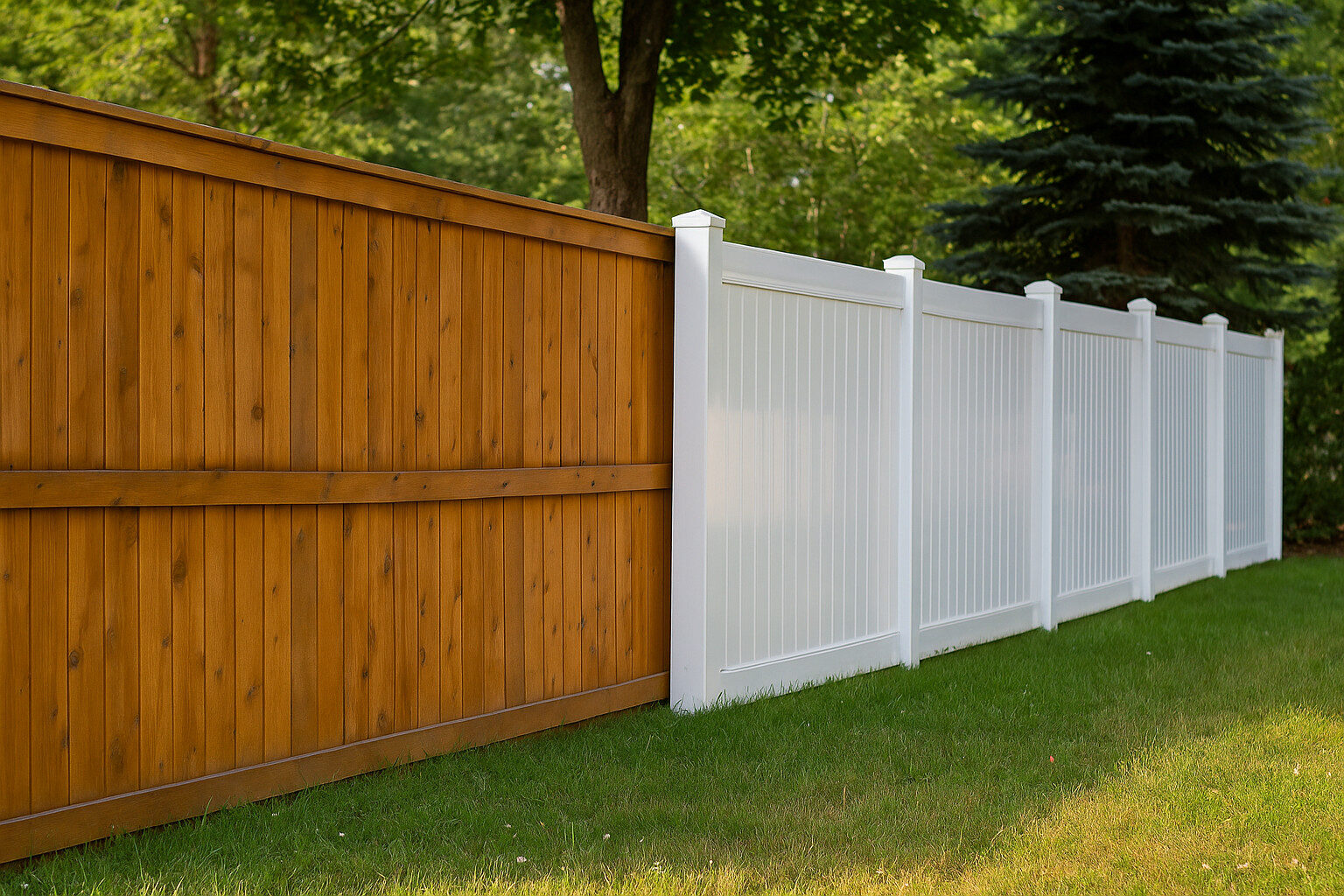

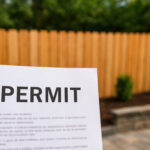
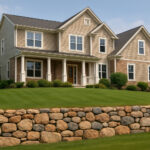

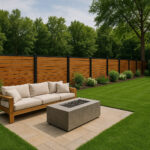
Leave a Reply